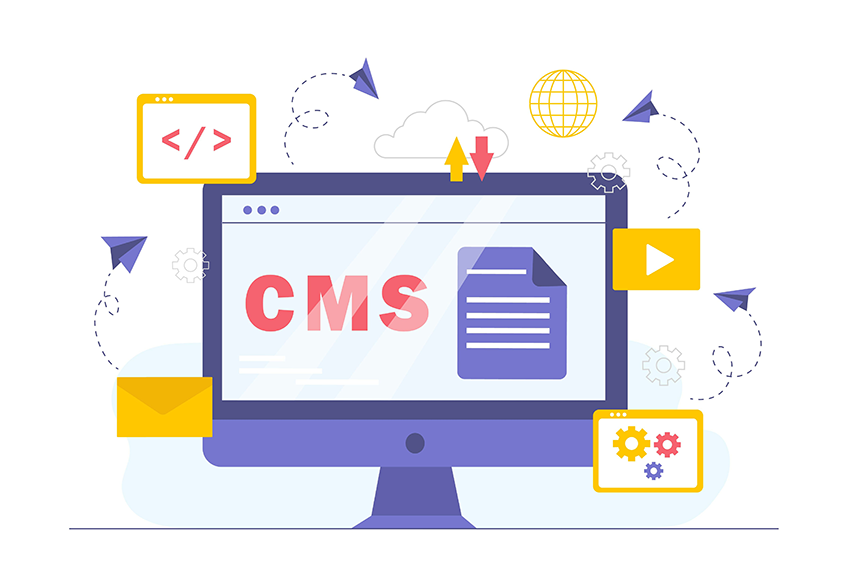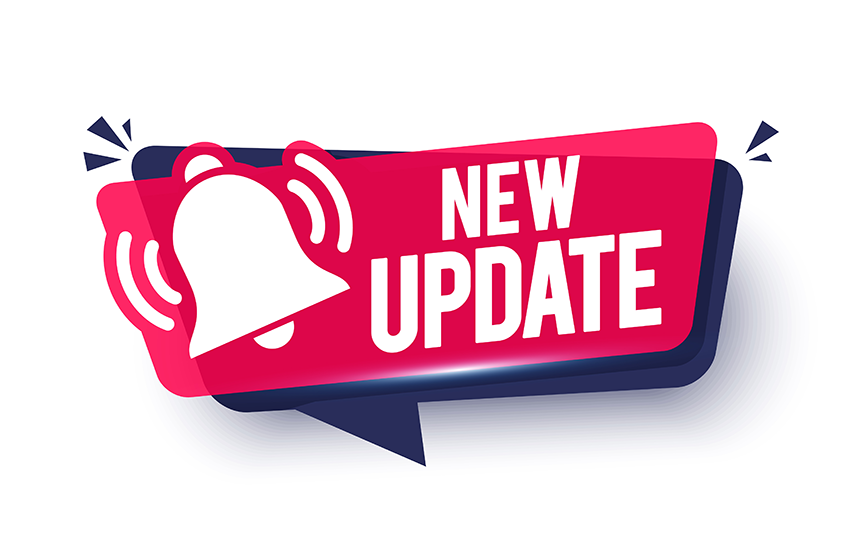Modern enterprises are seeking ever more sophisticated ways to deliver content across channels and regions while maintaining scalability, performance, and robust governance. This is where headless Content Management Systems (CMSs) shine. By decoupling the back-end content repository from the front-end presentation layer, headless CMSs empower organizations to build flexible, future-proof content architectures.
With 2025 on the horizon, here are the top five enterprise-grade headless CMS platforms that stand out for reliability, scalability, and innovation.
1. CrafterCMS
Overview
CrafterCMS is an enterprise-grade, open-source headless CMS built with scalability and flexibility in mind. It uses a Git-based content repository, enabling robust version control, branching, and collaboration workflows between developers, authors, and AI assistants/agents. With its headless architecture, CrafterCMS seamlessly delivers content to any digital channel—websites, mobile apps, IoT devices, and beyond—while offering an intuitive authoring experience for business users.
Key Features
- Git-Based CMS: Advanced version control for content ensures streamlined collaboration, branching, and rollback capabilities for geographically dispersed teams.
- API-First Approach: Supports REST, GraphQL, and other modern protocols, allowing developers to integrate content into various digital channels with minimal overhead.
- In-Context Authoring: Provides real-time preview and editing within the context of the final experience, reducing errors and accelerating content workflows.
- Extensible Publishing: Offers approval processes, content staging, multi-channel preview, and a flexible content publishing system that is suited for most all enterprise needs.
- Omnichannel Delivery: Built to push content across web, mobile, chatbots, e-commerce, and more, ensuring consistent brand experiences everywhere.
- AI-Native Features: Out of the box integrations with LLMs, embedded vector stores (OpenSearch for RAG), and SpringAI integration all make for innovative development of next gen AI-powered experiences for content authors, developers, and end users.
Why It Excels for 2025
As more enterprises embrace composable architectures and native AI features, CrafterCMS stands out with its combination of open-source flexibility, enterprise-level support, and Git-based versioning. Its robust personalization, multi-site management, and in-context editing features empower organizations to deliver dynamic, tailored experiences rapidly. For businesses seeking a future-proof platform that can evolve alongside rapidly changing digital requirements, CrafterCMS offers both developer agility and a strong editorial experience.
2. Contentful
Overview
Contentful is often the first name that comes to mind for enterprise-grade headless CMS. Over the past few years, it has consistently led the market in terms of functionality, developer tooling, and ecosystem support. Its REST and GraphQL APIs give teams the freedom to consume content in whichever way suits their architecture—whether that’s mobile apps, IoT devices, or traditional web channels.
Key Features
- Enterprise-Ready SLAs: Includes high-performance SLAs, uptime guarantees, and global support.
- GraphQL and REST APIs: Flexible data retrieval options to serve modern front ends.
- Extensive App Framework: Allows you to develop custom apps and UI extensions within the Contentful interface, streamlining editorial workflows.
- Scalability: Built on a cloud-based architecture that scales globally—ideal for multinational deployments.
Why It Excels for 2025
Contentful continues to roll out new features like AI-assisted content authoring and advanced localization tools. As organizations distribute content across channels (web, social, VR/AR), Contentful’s proven track record and robust infrastructure make it a safe bet for growth.
3. Contentstack
Overview
Contentstack provides a powerful platform that’s become a top contender for large enterprises. With a strong emphasis on collaboration and workflow, Contentstack helps streamline the authoring and publishing process for distributed teams.
Key Features
- Omnichannel Delivery: Offers a single source of truth for content and sophisticated content modeling for multiple channels.
- Modular Blocks: Encourages a flexible approach to content creation—editors can build pages with reusable modules without developer intervention.
- Robust Security: Enterprise-grade compliance standards (ISO 27001, SOC 2) and granular role-based access controls (RBAC).
- Automation and Workflow: Built-in automation with webhooks and simplified editorial processes, including approval flows.
Why It Excels for 2025
Contentstack’s focus on “Composable DXP” (Digital Experience Platform) components positions it well for enterprises aiming to unify content, commerce, and personalization under one roof. Its partnership ecosystem and active developer community ensure it stays current with the latest tech trends—like AI-driven content personalization.
4. Kentico Kontent (Kontent.ai)
Overview
Originally part of the Kentico CMS suite, Kontent.ai has evolved into a fully featured headless CMS solution aimed at enterprise use cases. It combines a polished editorial experience with robust API-driven architecture, making it a strong option for organizations transitioning from monolithic solutions to a more composable setup.
Key Features
- Intuitive Content Modeling: Kontent.ai’s modeling UI is straightforward, helping both business users and developers define structures without heavy coding.
- Enterprise-Ready Governance: Versioning, workflow approvals, and granular permissions for distributed teams.
- Multilingual and Localization Tools: Built-in translations and region-specific workflows for global brands.
- Omnichannel Personalization: Delivers relevant content across multiple channels, with AI-powered insights baked in.
Why It Excels for 2025
Kontent.ai’s track record among mid-to-large enterprises is solid, and Kentico’s ongoing investments in AI-driven features (like content recommendations and semantic tagging) keep it competitive. Its strong partner ecosystem also helps organizations smoothly migrate from legacy systems.
5. Strapi
Overview
Strapi, an open-source headless CMS, has quickly gained favor among both startups and large organizations seeking full control over their tech stack. Built on Node.js, it’s known for its extensibility and active community contributions, making it easy to adapt to a variety of enterprise scenarios.
Key Features
- Customizable Admin Panel: With an extensible plugin system, the Strapi admin panel can be tailored to specific enterprise requirements.
- Strong Security Posture: RBAC, JWT-based authentication, and regular security patches supported by a dedicated security team.
- API-First Design: Offers both REST and GraphQL out of the box.
- Active Developer Community: Plugins, starters, and shared best practices accelerate build times.
Why It Excels for 2025
As enterprises look for solutions that don’t lock them into proprietary platforms, Strapi offers a blend of community-driven innovation and professional support through Strapi Enterprise. Because it’s open source, teams can audit the codebase, integrate advanced security measures, and customize at will.
Choosing the Right Headless CMS for Your Enterprise
When evaluating a headless CMS in 2025, enterprises need to balance editorial experience with developer flexibility. Here are some final tips:
Scalability & Performance
Look for a global infrastructure, a fast content delivery capability, and robust SLAs. Multi-region deployments, caching strategies, and performance metrics should be high on your checklist.
Security & Compliance
Enterprises must ensure compliance with local and international regulations (GDPR, CCPA, ISO standards). Make sure your chosen CMS supports encryption, secure authentication, and data privacy needs.
Ecosystem & Integrations
The best headless CMS options come with strong marketplaces or partner ecosystems. Check if pre-built integrations exist for your CRM, AI tools, analytics, and marketing automation tools.
Editorial Usability
A flexible admin UI and well-defined workflows are crucial for non-technical teams. Features like custom role-based permissions, versioning, and preview environments can drastically improve content operations.
Community & Support
Whether you opt for an open-source solution or a commercial one, community support and official documentation will accelerate development and maintenance. Evaluate support packages, SLAs, and knowledge bases.
Summary
In 2025, the need for scalable, flexible, and secure content delivery will only intensify as organizations compete on digital experiences. The five headless CMS platforms outlined above—CrafterCMS, Contentful, Contentstack, Kentico Kontent (Kontent.ai), and Strapi—exemplify the innovation happening in the enterprise headless CMS space. Each boasts different strengths, whether you prioritize editorial collaboration, open-source customization, or cutting-edge GraphQL performance.
By carefully matching your business goals with the capabilities of these platforms, you’ll be well-equipped to architect a future-proof digital strategy that can quickly adapt to the evolving needs of your users around the globe. If you’re planning a major replatforming or launching new digital products, these solutions warrant a close evaluation in your selection process.

 Tom Jackson
Tom Jackson




